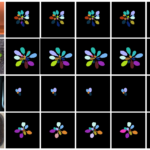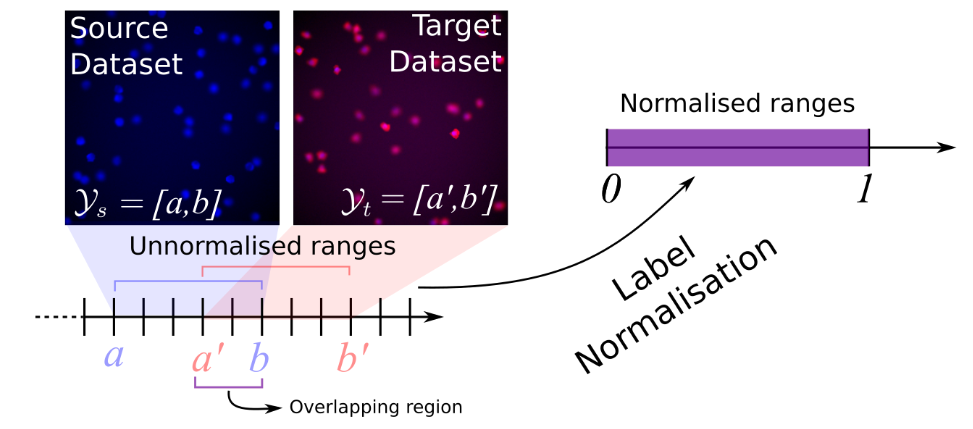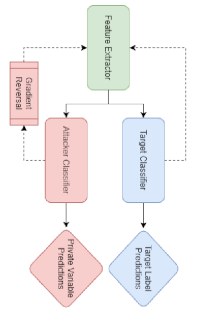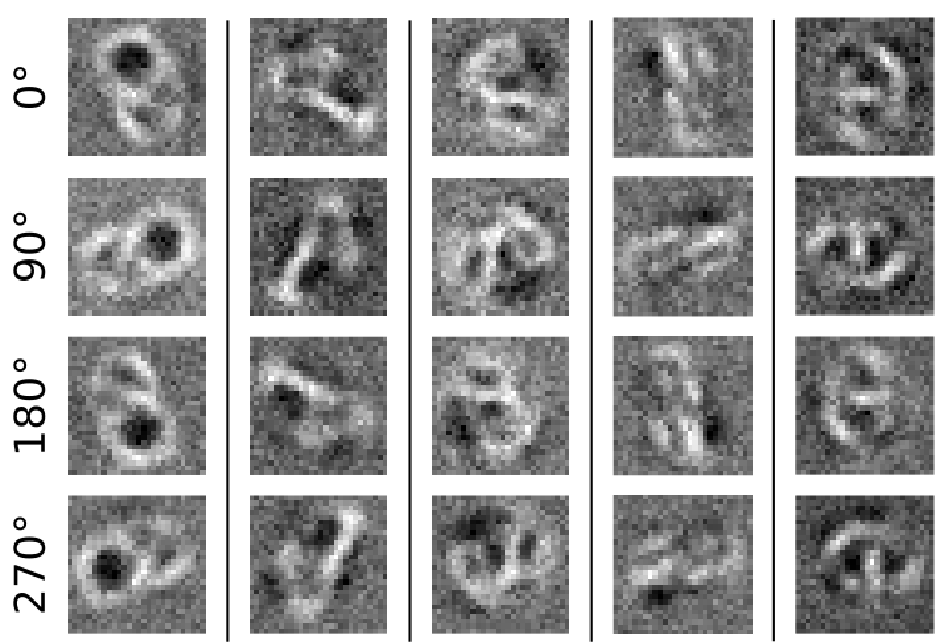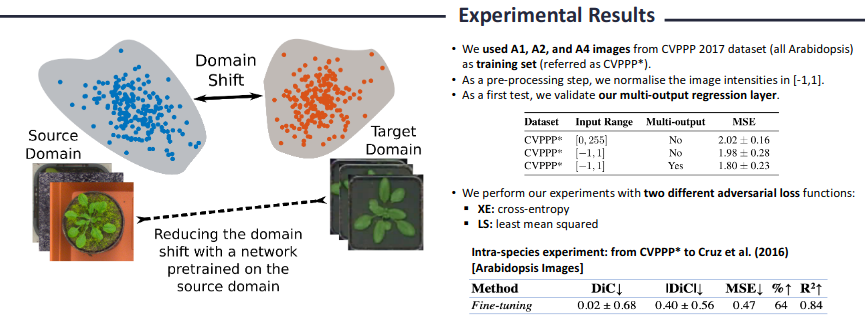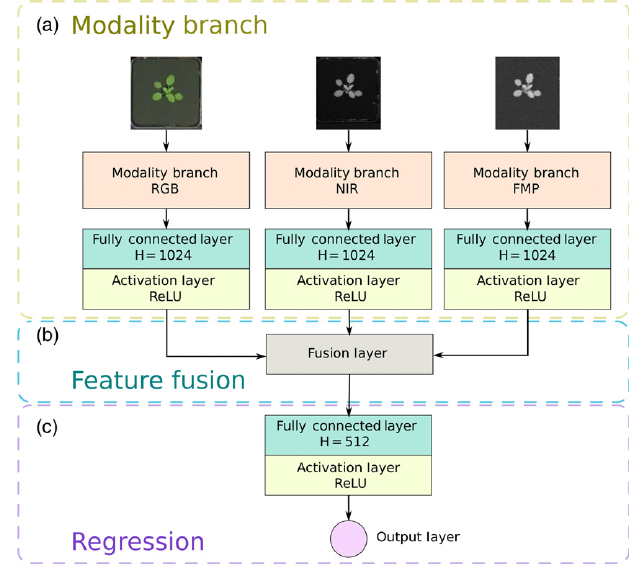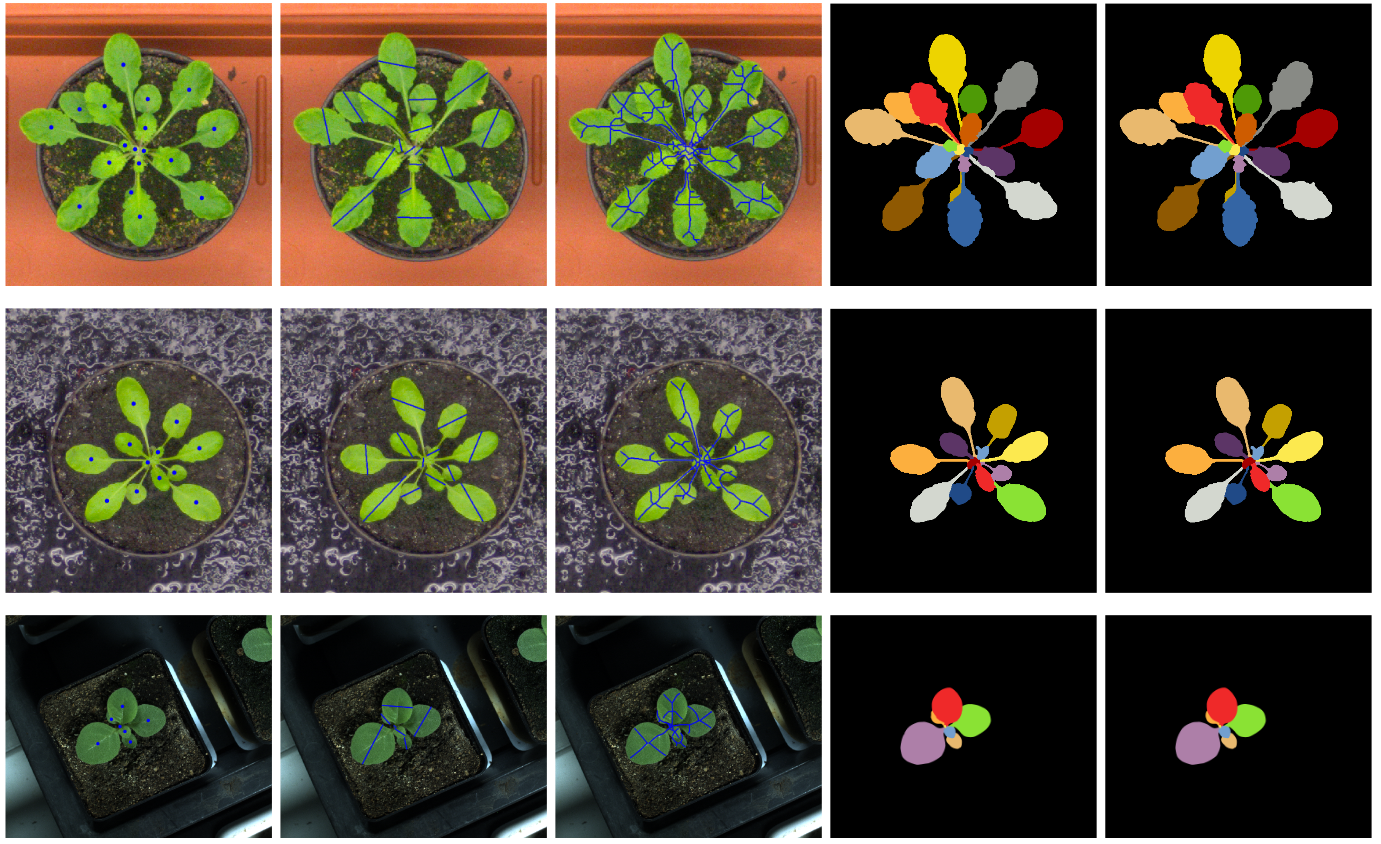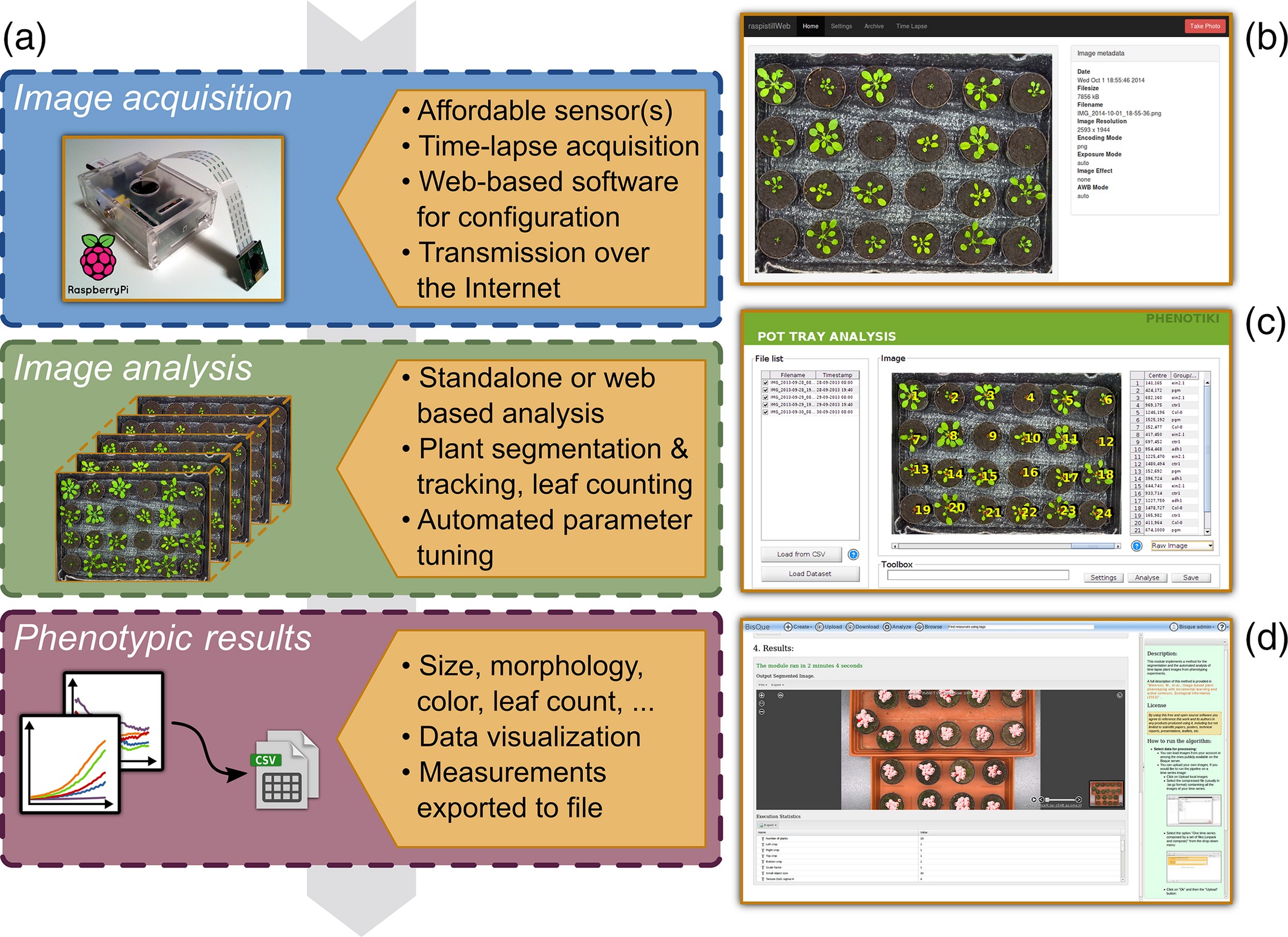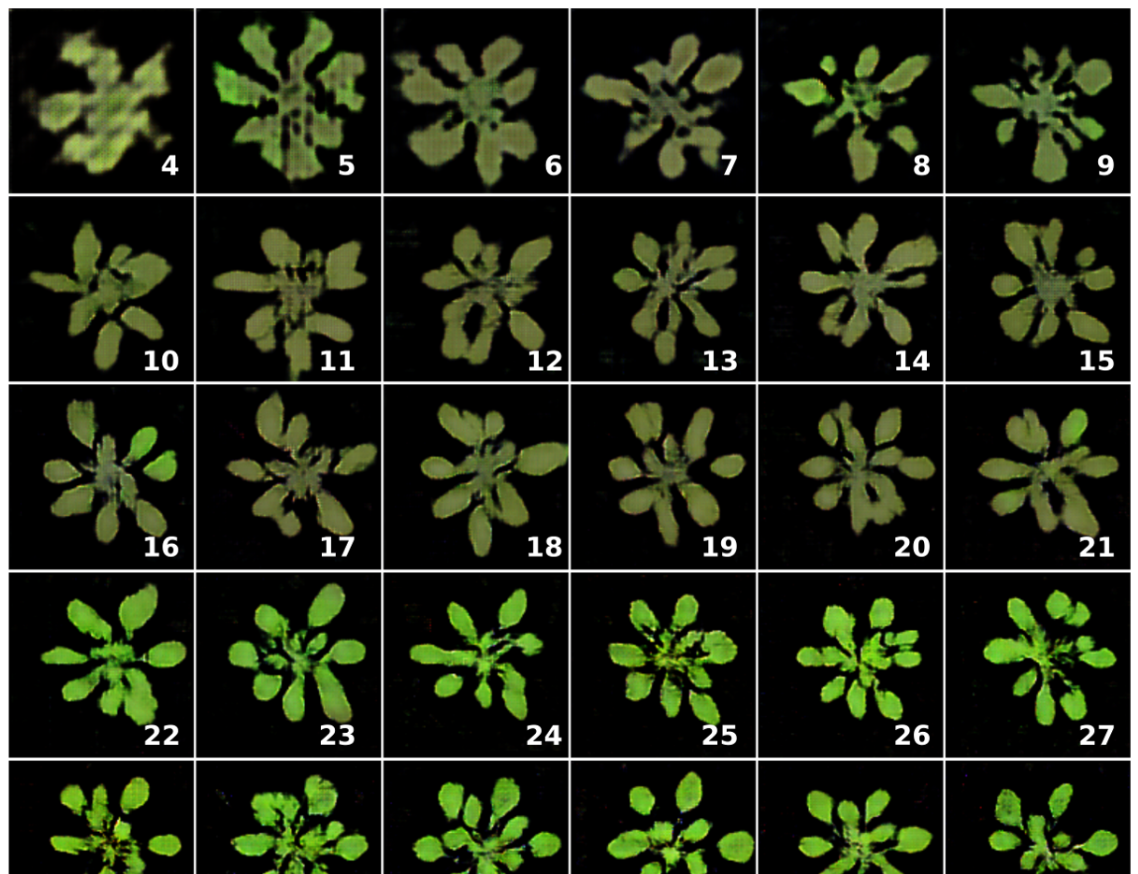Papers with Code
Click on the title of the paper and you will be redirected to its specific page, where you can find a link to the repository. If you use any of the published pieces of code available, please do not forget to cite me and my co-authors. You will find a easy-to-use BibTex reference to add into your LaTeX file.
Adapting Vision Foundation Models for Plant Phenotyping
An omnidirectional approach to touch-based continuous authentication
Semi-Supervised Domain Adaptation for Holistic Counting under Label Gap
CAPE: Context-Aware Private Embeddings for Private Language Learning
Unsupervised Rotation Factorization in Restricted Boltzmann Machines
Leaf Counting Without Annotations Using Adversarial Unsupervised Domain Adaptation
Pheno-Deep Counter: a unified and versatile deep learning architecture for leaf counting
An interactive tool for semi-automated leaf annotation
Papers with Software
The following papers come with downloadle software (this may link to external websites). If you use any of the published pieces of software available, please do not forget to cite me and my co-authors. You will find a easy-to-use BibTex reference to add into your LaTeX file.
Phenotiki: An Open Software And Hardware Platform For Affordable And Easy Image-based Phenotyping Of Rosette-shaped Plants
Papers with Data
The following papers contain data (or datasets) (this may link to external websites). If you use any of the published datasets, please do not forget to cite me and my co-authors. You will find a easy-to-use BibTex reference to add into your LaTeX file.
